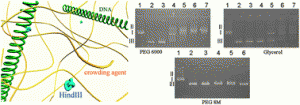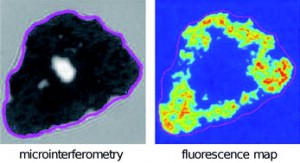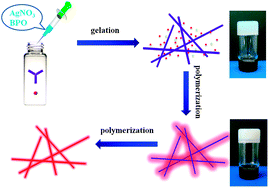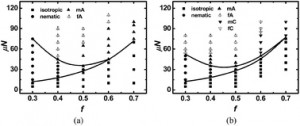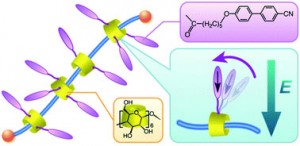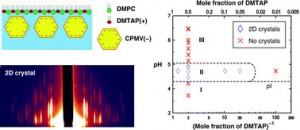A photonic crystal material based on a gelated colloidal crystalline array has been made by a team of Chinese scientists.
 The gelated colloidal crystalline array is easy to make and shape and efficiently diffracts visible light. The diffraction wavelength can be tuned anywhere within the visible spectrum simply by varying the concentration of the crystalline colloidal array or by stretching the material. This change could be easily seen by the naked eye they claim.
The gelated colloidal crystalline array is easy to make and shape and efficiently diffracts visible light. The diffraction wavelength can be tuned anywhere within the visible spectrum simply by varying the concentration of the crystalline colloidal array or by stretching the material. This change could be easily seen by the naked eye they claim.
The team led by Yihua Zhu at the University of Science and Technology, Shanghai, China, made the gelated colloidal crystalline array from PVA hydrogel/colloidal crystalline array composites using an organic solvent. These physically cross-linked PVA gels can be dissolved and rebuilt as the temperature is cycled.
Read the full article for free here: Cheng Chen, Yihua Zhu, Hua Bao, Peng Zhao, Hongliang Jiang, Liming Peng, Xiaoling Yang and Chunzhong Li, Soft Matter, 2011, DOI:10.1039/C0SM00923G

![]()


